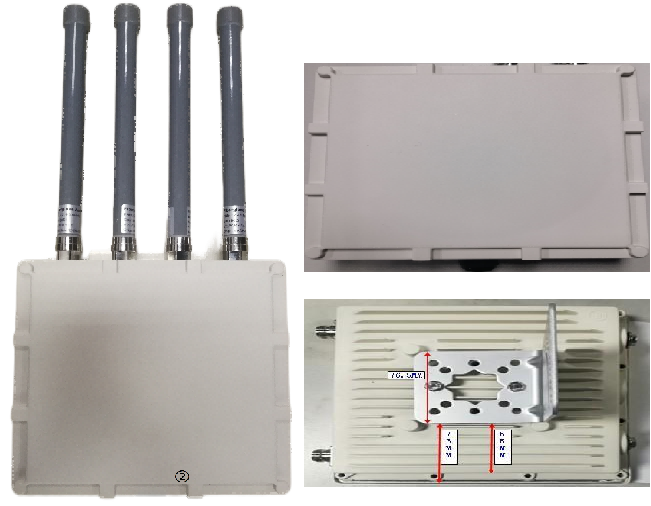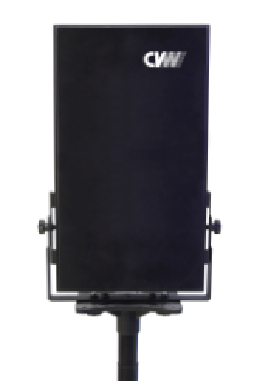On September 25th, the 2020 Tianfu
Greenway SUP Standup Paddleboard Tournament kicked off in Chengdu, the
second year in a row that the city has hosted the tournament. The event
was held at Chengdu Tianfu Greenway Jincheng Lake Park, and was live
streaming online.
1. What is the SUP Paddleboard Race?

Stand up paddleboarding, or SUP, is a water sport born from surfing with modern roots in Hawaii. Stand
up paddle boarders stand on boards that are floating on the water, and
use a paddle to propel themselves through the water. The sport was
documented in a 2013 report that identified it as the outdoor sporting
activity with the most first-time participants in the United States that
year. Variations include flat water paddling, racing, surfing, whitewater SUP, yoga, and fishing.
2. Challenges to live streaming of water sports events

In the SUP Paddleboard Race, the
event was held in a relatively wide water area, which made it more
difficult for the live streaming deployment.
First, the water area of the event is large, due to the terrain
factors, traditional wiring is difficult and costly, so it cannot
effectively meet the needs of the live streaming event.
Second, the event has more than one player at the same time, need
multiple angles, multiple machine to different players for real-time
live streaming, ordinary wireless video transmission can not support
multi-channel video transmission.
Third, because it is paddle boarding on the water, there are more sports shots, requiring the videographer to move.
3. Thunder+BeamLink-Quad, no need to afraid of the challenge of “live streaming on the water”
Before the start of the event, the
crew deployed cameras on shore and the boat, depending on the site
conditions. Among them, three cameras were deployed on shore and one
camera was deployed on the boat. Since some of the cameras on shore are
far away from the switch console, and there are trees and terrain in the
middle of the obstruction, there is a risk that ordinary video
transmission is difficult to stabilize the transmission. Therefore, the
live streaming team finally used the CVW “BeamLink-Quad + Thunder”
cascade program to achieve multi-camera, long-distance live streaming
purpose.
Deployment ways are as follows:
1. The staff deployed three cameras
on shore (camera 1, 2 and 3 respectively) to cover the entire race area
as far as possible, in order to better film the overall situation of
the race; at the same time, another camera (camera 4) was deployed on
the boat outside the race area to track and film the participants.

The camera deployment diagram

BeamLink-Quad transmitters are deployed on the shore with cameras

The Thunder transmitter is deployed on the shore with a camera
2. The camera-1 (see the camera
deployment diagram) is connected to the Thunder transmitter. Then the
Thunder receiver is connected to the BeamLink-Quad transmitter via the
SDI cable. Through the video signal is transmitted to the BeamLink-Quad
receiver in such a cascading way, for longer-distance transmission.
Camera-2 and camera-4 are connected to the BeamLink-Quad Transmitters
to transmit video signals to the BeamLink-Quad receiver. Camera-3,
which is close to the switch console, is connected directly by cable.

The Thunder receiver is connected to the BeamLink-Quad transmitter for cascading signal transmission
3. BeamLink-Quad receiver is
deployed next to the switch console, receiving three video signals
through the SDI/HDMI cables. The real-time video was edited by the
switch console, then the switch console streamed it directly to the
live-streaming platform by RTSP mode.

The BeamLink-Quad receiver was deployed close to the switch console to live stream the game

4. Summary
The video signal remains stable throughout the live event. After the
live event, the organizers gave high praise to the stable performance of
the BeamLink-Quad and Thunder.
Compared with the previous wireless video transmission solution, the
BeamLink-Quad and Thunder cascade scheme has the following advantages:
1. Support multi-camera wireless transmission, no complicated wiring, greatly reduce labor costs and time costs;
2. Through the BeamLink-Quad and Thunder cascade, to achieve longer-distance video transmission;
3. Excellent stability and anti-jamming ability to make live stream more efficient and simple!

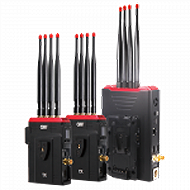 Multi-camera wireless video transmission
Multi-camera wireless video transmission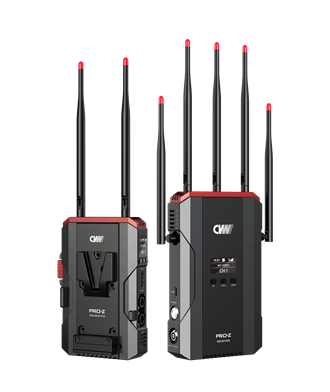
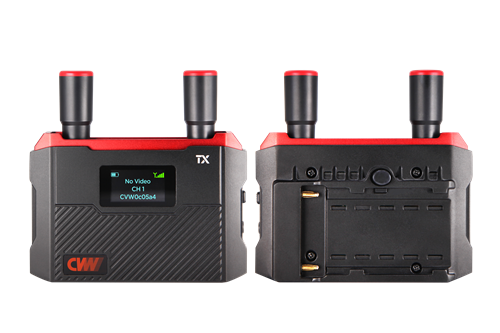
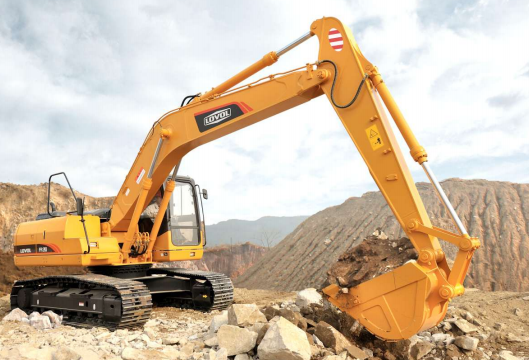 Designed for teleoperating the heavy equipment
Designed for teleoperating the heavy equipment